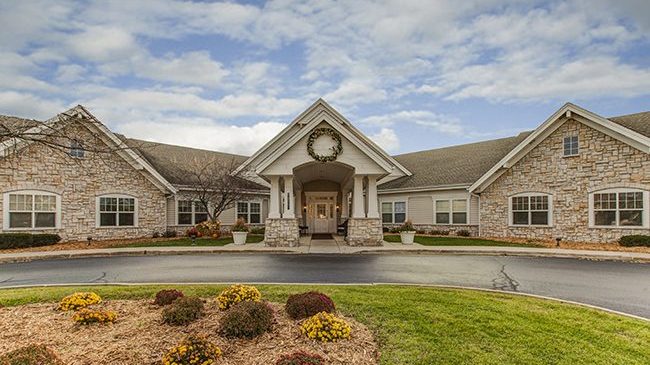In Wisconsin, not all assisted living facilities are the same. With different licenses and different owning entities, it’s hard to know how to compare apples to apples.
The State of Wisconsin has created three types of assisted living facilities: Adult Family Homes (AFH), Residential Care Apartment Complexes (RCAC) and Community Based Residential Facilities (CBRF). We are going to discuss RCACs and CBRFs because these apply to most aging adults.
RCAC (Assisted Living) : Apartments that have a lockable entrance and exit; a kitchen, including a stove (or microwave oven); and individual bathroom, sleeping and living areas.
- RCACs can also offer additional care for an individual, not more than 28 hours per week, at an extra charge
- housekeeping, transportation to access community services and recreational activities
- services related to activities of daily living, e.g., dressing, eating, bathing and grooming
- meal plan in the dining room
- health monitoring, medication administration and medication management
- RCACs are not for anybody who has an activated healthcare power-of-attorney (incompetent) or for those with Alzheimers or any related dementia
- Each RCAC can make their own rules if they fit within the guidelines set by the Wisconsin Department of Health Services
CBRF (Community Based Residential Facility): Adults reside and receive care, treatment or services that are above the level of room and board and that may include up to three hours per week of nursing care per resident.
- CBRFs can admit and provide services to people of advanced age, persons with dementia, developmental disabilities, mental health problems, physical disabilities, traumatic brain injury, AIDS, alcohol and other drug abuse, correctional clients, pregnant women needing counseling and/or the terminally ill (DHS)
- Are also called Assisted Living, and some called “Memory Care”
Both the RCAC and CBRF administrative rules give a lot of leeway on how care is to be delivered to the people who live in the facilities. The assisted living facility owner controls how many trained staff are in the facility (it depends on the care level of people residing there). You can expect that almost every Wisconsin assisted living facility to have a different staffing pattern. Staff will have different skills sets based on the facility occupancy and the acuity of the people who live in it. Some facilities take only people with memory issues and some facilities don’t take anybody who requires two people to life them. Even within the same CBRF license, two different facilities may accept completely different levels of care. The only true way of knowing is to contact each facility individually and ask them, “what is the highest level of care you are willing to accept?”
We get so many prospective clients calling and telling us their loved one needs assisted living care. At this point, we always get a social worker involved in order to help determine what level of care that person is at, and to also look at what level of care they may need in the future. It’s so very hard to compare apples to apples when looking at assisted living facilities. The best you can do is to compare RCACs against RCACs and CBRFs against CBRFs. Just always remember that even with the same license, no two facilities are going to be exactly the same.
For Wisconsin residents, a great place to start is at Senior Resources, an online and print guide on housing for the State of Wisconsin. There is a housing tool that can help point you in the right direction. If more questions arise, you can always contact the Senior Planning Group at (262) 670-8888 to schedule a free consultation.

